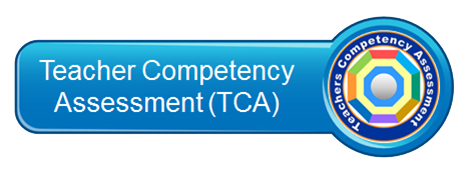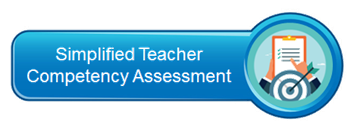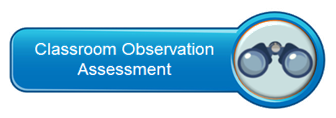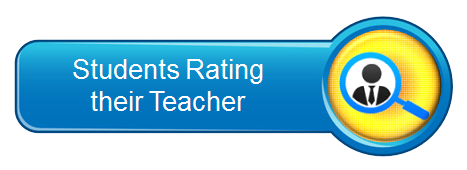Teacher Evaluation and
Assessment Tools
for Your Professional Growth
Teacher Evaluation and Assessment Tools
Teacher evaluation has typically two major purposes. First, it seeks to improve the teacher own practice by identifying strengths and weaknesses for further professional development – the improvement function. Second, it is aimed at ensuring that teachers perform at their best to enhance student learning – the accountability function.
Evaluation and assessment tools we offer focus on the provision of feedback useful for the improvement of teaching practices, through professional development. This is to help teachers learn about, reflect on, and improve their practice.
Our evaluation and assessment tools do not entail performance-based career advancement and/or salaries, bonus, pay, or the possibility of sanctions for underperformance. Therefore, teacher evaluation for improvement purposes is likely to benefit from conditions such as:
- A non-threatening evaluation
- Providing and receiving feedback
- Opportunities to enhance competencies and improve practice
Three key measures should be used collectively for teacher evaluation:
- Student Achievement Gains (standardised test scores)
- Classroom Observation Instruments
- Student Perception Surveys
The weight, or the numeric importance, given to any of the above three measures should be driven by its quality. However, research recommends two alternatives for distributing the weight of three factors as seen below:

Research found that these formulas can provide an accurate measure of a teacher’s performance without putting too much weight on any one measure.
High quality student achievement measures have been shown to be objective and more accurate indicators of teacher performance than many traditional measures and are strongly correlated to other signs of teaching quality.
Student Learning Objectives (SLO)
Student Learning Objectives (SLO) is a process to document a measure of educator effectiveness based on student achievement of content standards.
Smart Teacher Evaluation and Assessment Tools
Research shows that observations are most effective when conducted multiple times per year. Other research found that observations are more accurate when they are conducted by more than one person.

Teacher Evaluation and Assessment Tools
Teacher Competency Assessment (TCA)
The full version (112 items, 19 Indicators and 8 Domains) is only available for certified Expert Teachers. This tool may be used by Self, Principal, Peers, Supervisors and Experts
Simplified Teacher Competency Assessment
The Simplified TCA assessment tool is made up of 19 items (Indicators) and 8 Domains.
Classroom Observation
Classroom Observation may be used by Principal, Peers, Supervisors and Experts.
Student Perception Survey
Students-Rating their Teacher. This tool can be used by Students




